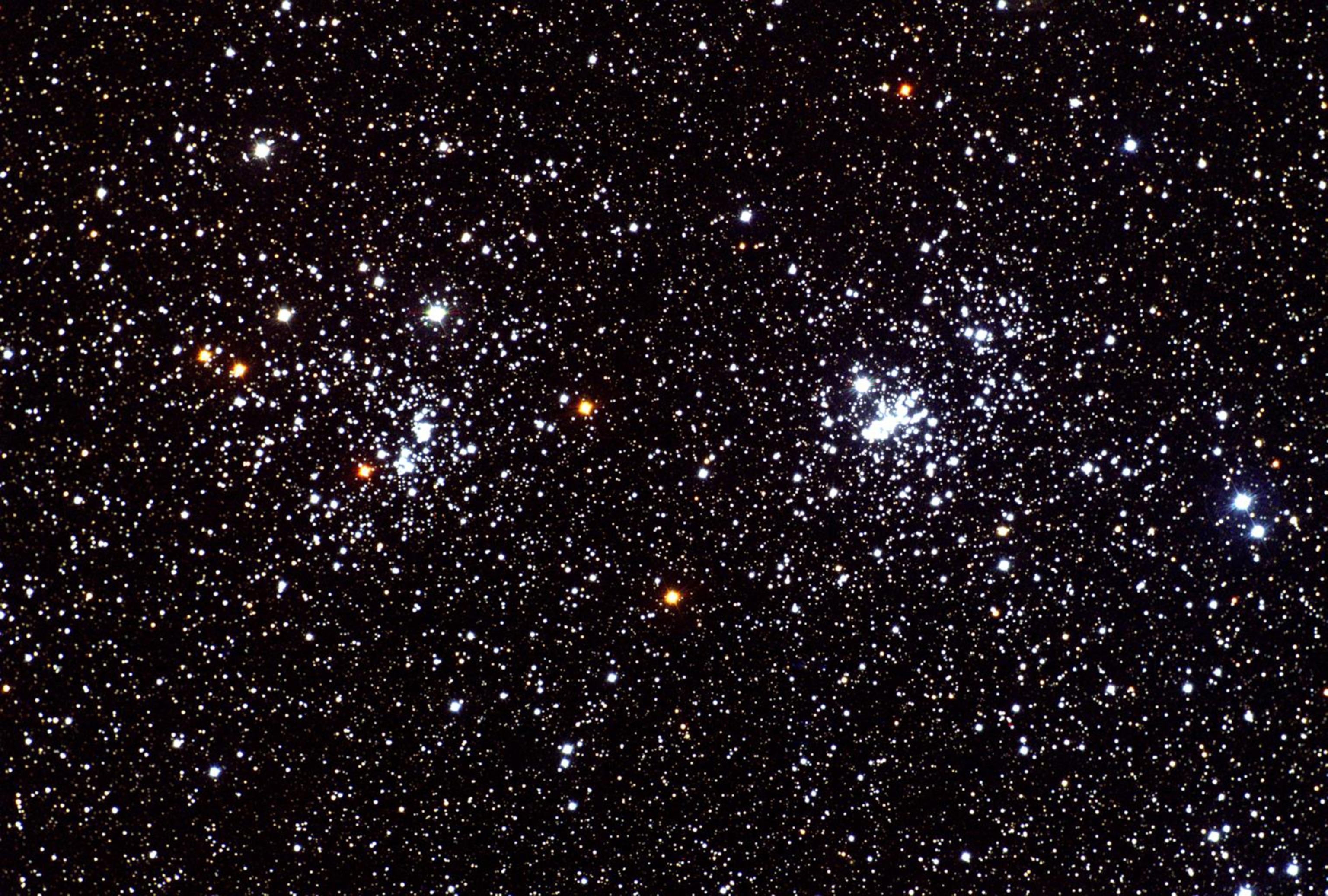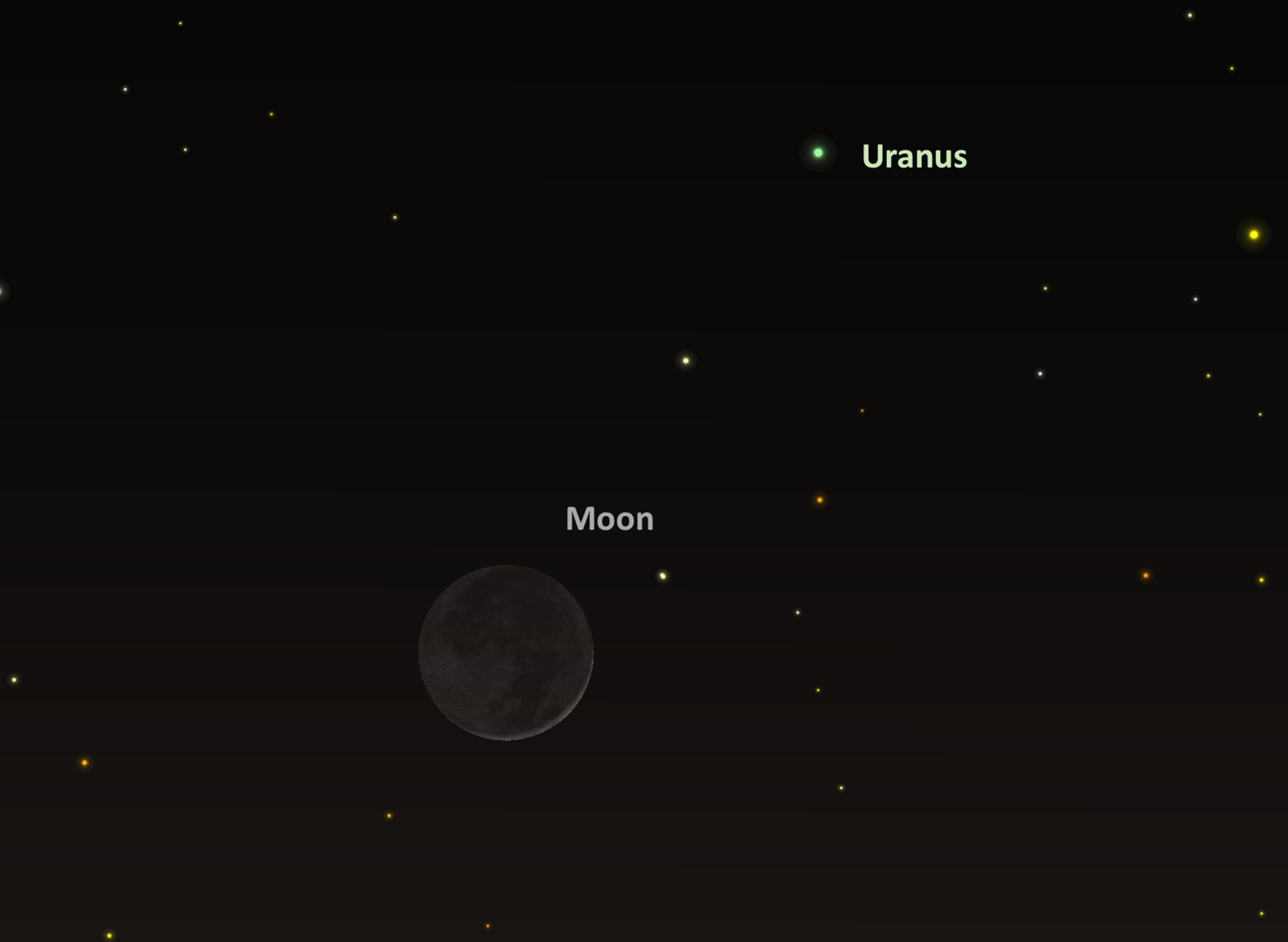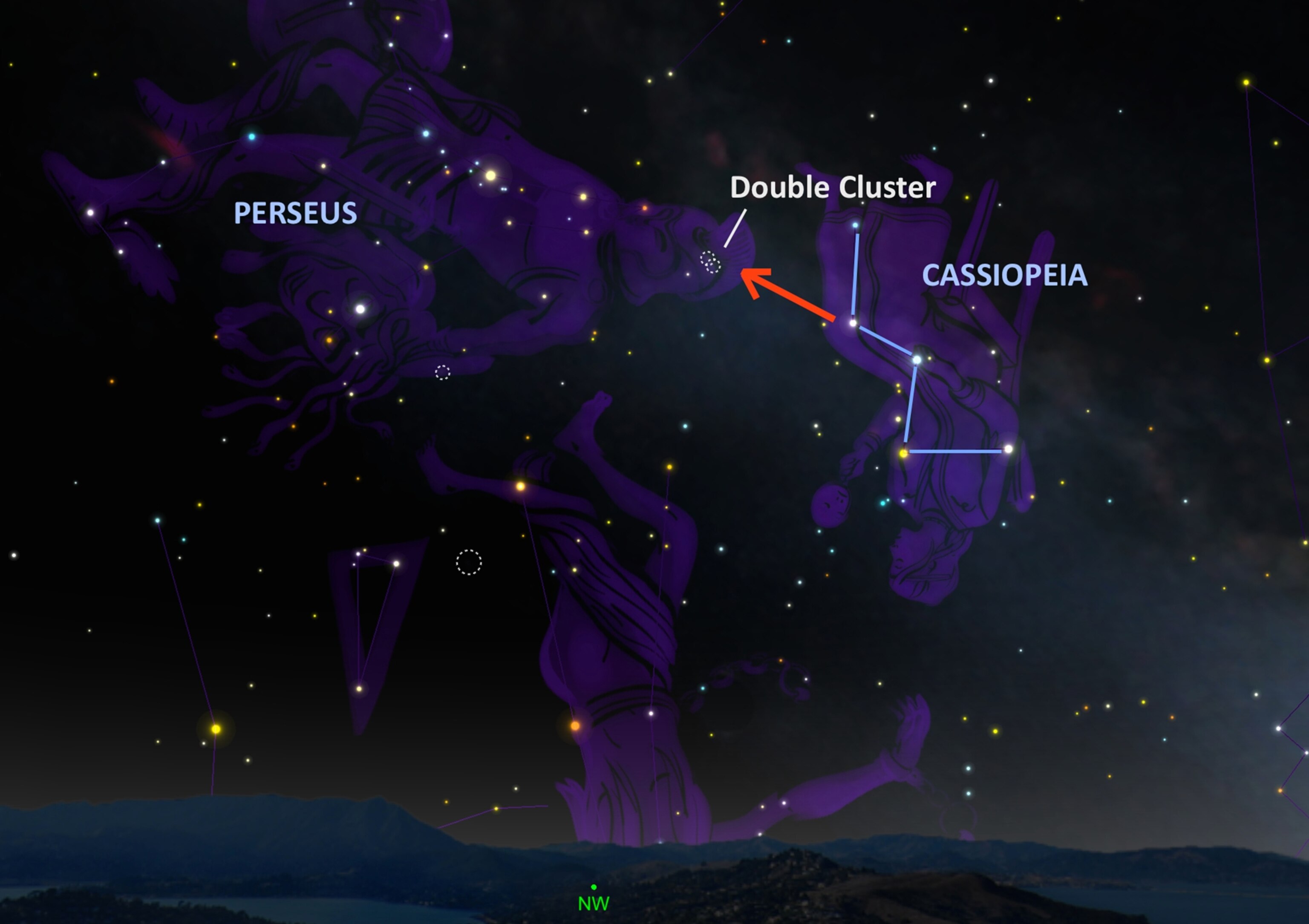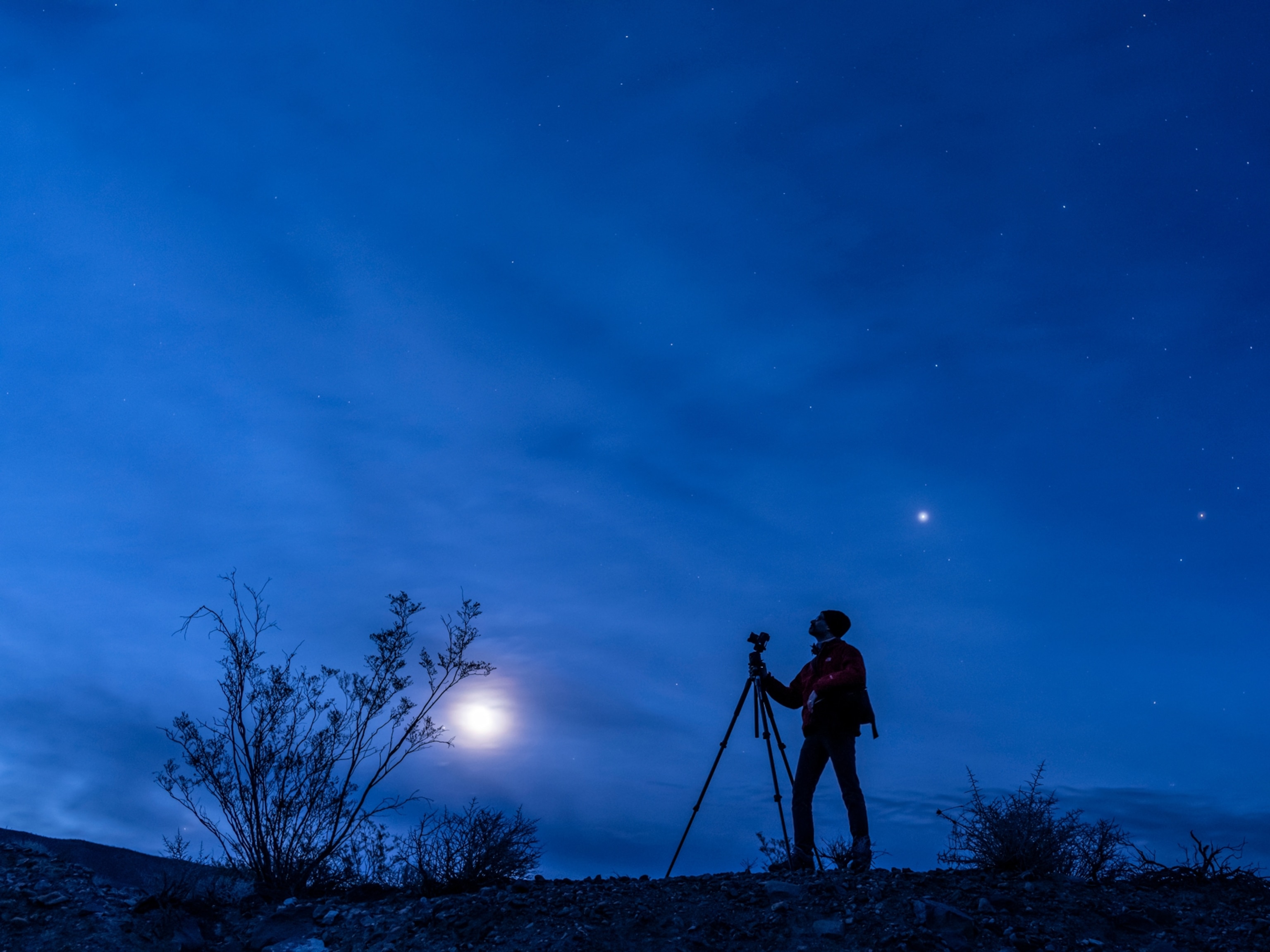
This Week’s Night Sky: Solar Eclipse and Double Clusters
How to see the only total solar eclipse of 2016, plus a few other spectacular celestial sights.
Sun Disappears. On March 8 and 9, a total solar eclipse will be visible in parts of Southeast Asia and remote South Pacific islands. A partial eclipse—with only part of the sun covered by the moon—will be visible over a much wider area for skywatchers in areas of Australia, Alaska, Hawaii, Guam, and American Samoa.
The eclipse begins at 23:19 GMT on March 8, 2016, and reach its maximum, or totality, at 01:59 GMT on March 9. (For North Americans, it will be about 6 p.m. EST when the fun begins.)
An eclipse occurs when the moon glides between Earth and the sun. The moon blocks incoming sunlight, causing the moon's shadow to fall on Earth. Observers lucky enough to be within that shadow cone will witness the disappearance of at least a portion of the sun’s disk.
For more, check out our full viewer’s guide to the March 8 solar eclipse.

Jupiter Primetime. Look for Jupiter to be at its best and brightest for the entire year on Tuesday, March 8.
The largest planet in the solar system officially reaches opposition—when it is positioned opposite the sun and closest to Earth. At this point, Jupiter appears at its largest in the sky and is visible from sundown to sunrise. Jupiter will be 412 million miles (663 million kilometers) from Earth at the time, so close that sunlight reflected from the planet takes only 36 minutes to reach your eye.
And with the moon in its new phase on March 9, dark skies will prevail, setting up ideal conditions for exploring Jupiter.
With nothing more than steadily held binoculars, you can check out its retinue of four moons. Watch over a course of a few hours and nights to see these satellites, first discovered by Galileo 400 years ago, move along their orbits. And with a small telescope using high magnification, you can investigate Jupiter’s complex weather systems, including its brown cloud belts and cyclonic, oval-shaped storms.

Green Giant. On Thursday, March 10, the crescent moon will be pairing with the planet Uranus, making it easy to find this distant ice giant.
As darkness falls, about an hour after local sunset, look towards the low western sky for the moon sitting about 15 degrees above the horizon—slightly more than than the height of your fist at arm’s length. Uranus will appear as a very faint green-hued star, barely visible to the naked eye under very dark sky conditions.
The moon and Uranus will appear only two degrees apart—equal to only four lunar disks. Binoculars will make your hunt a whole lot easier, and also show Uranus’ coloring quite distinctly.
Of course, don’t be fooled by their closeness in our skies, as Uranus lies a whopping 173 light-minutes away, while the moon is only 1.3 light-seconds from Earth.

Double Cluster. With moonless skies during our evenings this week, the celestial darkness offers a chance to hunt down a stunning pair of star clusters known as the Double Cluster, “H” and “Chi” Persei, also known as NGC 884 and 869.
The two star clusters have been known since at least 150 B.C., when Greek astronomer Hipparcos first cataloged the Perseus constellation, which is visible in the evenings this time of the year in the northwestern sky. They make for a stunning sight together under low power using binoculars, but are faintly visible even to the unaided eye from dark countrysides.
The best way to hunt them down is to look for the famous constellation Cassiopeia in the low northwest sky in the form of a giant “W” on its side, made of five bright stars.
Just above right of Cassiopeia, scan the sky above right of Cassiopeia for a faint fuzzy blob that is the Double Cluster. To really see the two groups of stars show off, look through binoculars or a small backyard telescopes at these two vast collection of 400 stars each, estimated to be about 7,400 light years away.
Clear skies!
Follow Andrew Fazekas, the Night Sky Guy, on Twitter, Facebook, and his website.





